Tibet-Nepal Friendship Highway
Overview
The Friendship Highway, also known as the China-Nepal Highway, connects Lhasa, China, with Kathmandu, Nepal. It is the westernmost part of China National Highway 318, with a total length of 943 kilometers, of which 829 kilometers are in Tibet. After passing through Shigatse and Lhatse, it divides into two branch lines: the east line via Zhangmu, a border town on the Chinese side, leading to Kathmandu, and the west line via Gyirong, another border town on the Chinese side, also leading to Kathmandu.
Route Conditions
However, the east line via Zhangmu to Kathmandu has been closed to tourists since 2015 due to extensive damage caused by the 2015 Nepal earthquake. The west line via Gyirong to Kathmandu has been open for travel since September 1, 2017. Since then, all overland tours from Lhasa to Kathmandu have used this route. The road in Tibet is well-paved, while in Nepal, it is rugged and bumpy.
Popularity
The China-Nepal Friendship Highway is the most popular travel route in Tibet for tourists, passing through the two major urban centers of Shigatse and Gyantse, as well as other important attractions like Sakya and Mt. Everest Base Camp. Foreign travelers are required to take an organized trip through a travel agency like WindhorseTour to cross the border, with several excellent detours along the Highway.

Best Time to Travel along the Tibet- Nepal Highway
Travel along this highway is suitable all year round, attracting thousands of travelers annually. However, the best times to travel along this route are April to June and September to October, due to more stable weather with clear skies, better visibility, and fewer travelers. July and August are also good times, as the weather is warm, and the landscapes are lush, but it is the busiest travel period, and landslides often block the roads on the Nepal side.
Typically, travelers spend about 7-10 days journeying along the Friendship Highway from Lhasa to Kathmandu, affording them the opportunity to fully savor the breathtaking vistas of the Tibetan Plateau and visit some of its core attractions. This itinerary often includes a 3-4 day leisure trip in Lhasa to acclimatize to the high altitude before embarking on the overland journey to Nepal.
Key Stops
Lhasa to Kathmandu
The Lhasa to Kathmandu overland trips typically commence in Lhasa and proceed to Coiling and Scorpion-lake Yamdrok Lake, which is one of the three sacred lakes in Tibet. Along the way, travelers may visit Samding Monastery before continuing their journey to Gyantse. In Gyantse, tourists have the opportunity to explore the renowned Gyantse Kumbum Stupa and engage in adventurous excursions around the town, depending on their available time. The 1.5-2 hour drive from Gyantse to Shigatse provides opportunities for detours to Shalu Monastery, where they can explore interesting Tibetan art.
Shigatse
Shigatse holds the distinction of being the second-largest city in Tibet and serves as the capital of the Tsang Area. During your visit to Shigatse, you will have the opportunity to explore the impressive Tashilhunpo Monastery, renowned for its grandeur, and visit the spectacular tombs of the Panchen Lamas. For those seeking adventure, a 2-hour trek along the Kora that encircles Tashilhunpo Monastery offers mesmerizing views of Shigatse and its surrounding countryside.
Sakya Monastery
Enjoy a scenic drive from Shigatse to Lhatse and you have the option to take a detour from the Friendship Highway to visit the breathtaking Sakya Monastery. This monastery is renowned for its association with the unique Sakya-pa sect of Tibetan Buddhism and its extensive collection of religious scriptures, exquisite art, and valuable artifacts. Explore the monastery's ancient halls adorned with vibrant murals and impressive statues, gaining insight into its rich cultural heritage. For those seeking adventure, there's the opportunity to hike to the Northern Ruins and delve deeper into Sakya's historical significance. You can decide whether to stay overnight at Sakya Monastery or continue the travel to Lhatse.
Mount Everest Region
After Lhatse, your journey continues towards the border, where you'll visit one of Tibet's most popular travel destinations—Mount Everest Region. Many travelers opt to drive directly from Shegar to the entrance of the Mount Everest Nature Reserve. From there, they switch to an eco-sightseeing bus bound for Rongphu Monastery, where they embark on a short hike to reach the iconic Everest Base Camp. The next day, they continue their onward journey. Alternatively, some adventurers choose a more immersive experience by having a 3-day trekking adventure from Old Tingri to Everest Base Camp. This trek offers a blend of thrilling exploration and breathtaking vistas, with Mount Everest and other majestic peaks dominating the landscape.
Gyirong to Nepal
After your Mount Everest, your route leads you to Gyirong and onwards to Nepal, bypassing Old Tingri. Along the way, you'll have the opportunity to admire the awe-inspiring natural beauty of the region, including the stunning Lake Peiku-Tso and the towering Mount Shishapangma, which stands at an impressive elevation of 8,020 meters.
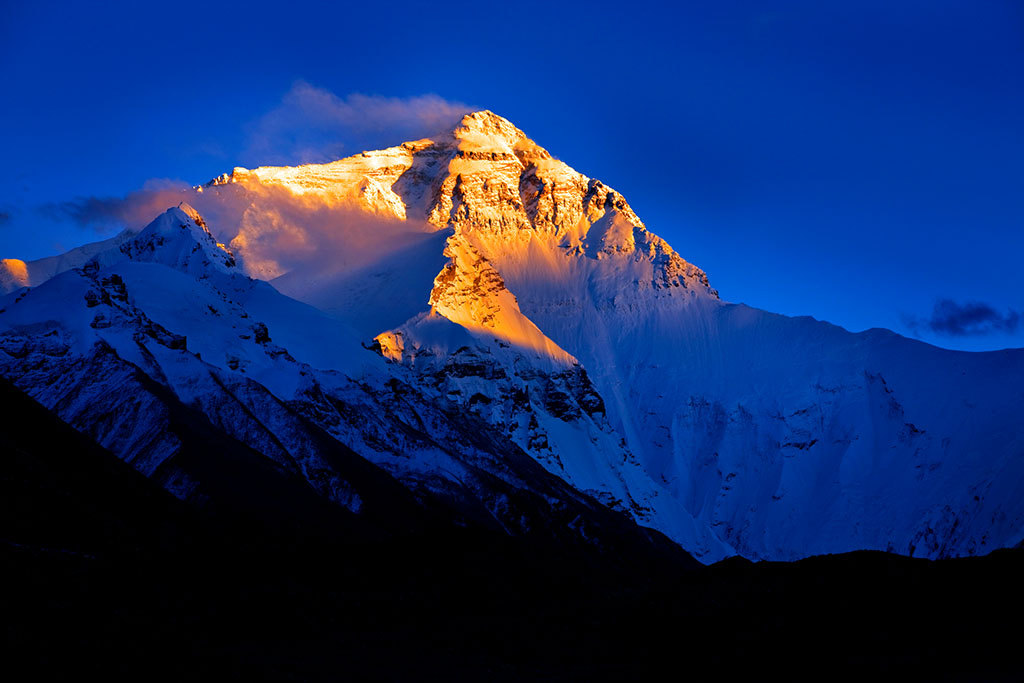
Travel Options
For travelers in search of a memorable experience along the Friendship Highway, WindhorseTour offers both group tour and private tour options for the journey from Lhasa to Kathmandu. The group tour is scheduled weekly and operates from April to October, providing an opportunity to join like-minded travelers on a set itinerary. On the other hand, the private tour can be fully customized to cater to your specific needs and preferences, allowing for a more personalized and flexible travel experience.
Tibet-Nepal Friendship Highway
Preparation and Planning
-
Permits and Documentation: Ensure you have all necessary permits and documents. Foreign travelers need a Tibet Travel Permit, an Alien Travel Permit, and a Chinese Visa. For Nepal, you’ll need a Nepal Visa, which can be obtained on arrival at the border.
-
Book with a Travel Agency: Due to restrictions on independent travel, book your trip with a reputable travel agency that can organize your permits, transportation, accommodation, and guide services.
-
Acclimatization: Spend at least 3-4 days in Lhasa to acclimatize to the high altitude before embarking on the highway. Altitude sickness can be a serious issue, so take it slow and stay hydrated.
-
Health and Insurance: Have comprehensive travel insurance that covers high-altitude trekking and medical evacuation. Carry a basic first-aid kit, including medication for altitude sickness.
Packing Essentials
-
Clothing: Dress in layers to adapt to varying temperatures. Pack warm clothes, including a good quality jacket, hat, gloves, and thermal wear. Don’t forget comfortable walking shoes or hiking boots.
-
Sun Protection: The high altitude and clear skies mean intense UV radiation. Pack high-SPF sunscreen, sunglasses, and a wide-brimmed hat.
-
Water and Snacks: Carry enough water to stay hydrated and bring high-energy snacks. While there are places to buy food, having your own supply is convenient.
-
Personal Hygiene: Wet wipes, hand sanitizer, and personal toiletries are essential. Public restrooms may be scarce or not well-maintained along the route.

Travel Tips
-
Currency and Payments: Carry enough cash in Chinese Yuan and Nepalese Rupees. ATMs may not be available in remote areas, and credit cards are rarely accepted outside major cities.
-
Communication: Mobile network coverage can be unreliable, especially in remote areas. Consider purchasing a local SIM card in both China and Nepal for better connectivity.
-
Photography: Always ask for permission before photographing people, especially monks and locals. Respect religious sites and do not use flash photography inside monasteries.
Cultural Sensitivity
-
Respect Local Customs: Be aware of and respect Tibetan and Nepali customs and traditions. Dress modestly, especially when visiting religious sites.
-
Language: While your guide will likely speak English, learning a few basic phrases in Tibetan and Nepali can enhance your interactions with locals.
-
Environmental Responsibility: Be mindful of the fragile environment. Carry reusable water bottles and avoid plastic waste. Leave no trace and respect the natural beauty of the region.
Safety and Security
-
Travel in Groups: For safety, especially in remote areas, always travel with your group and guide. Do not wander off alone.
-
Road Conditions: Be prepared for rugged and bumpy roads, especially on the Nepal side. Long travel times and potential roadblocks are common, so plan for delays.
-
Health Precautions: Be vigilant about hygiene to avoid food and waterborne illnesses. Only drink bottled or purified water and eat at reputable establishments.
Emergency Contacts
-
Travel Agency Contact: Keep your travel agency’s contact information handy for any assistance or emergencies.
-
Local Embassies: Note the contact details of your country’s embassies or consulates in both China and Nepal for any urgent needs.

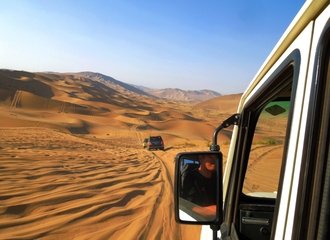
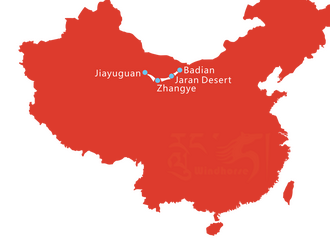

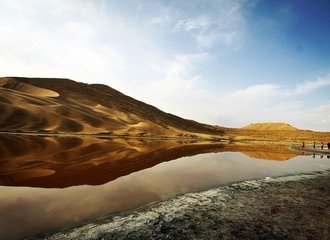
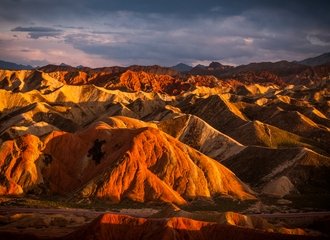
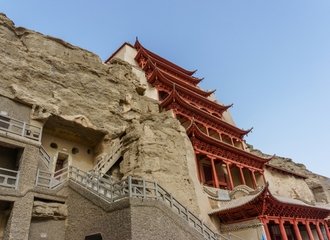
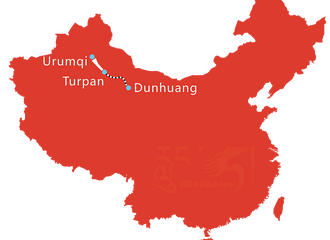
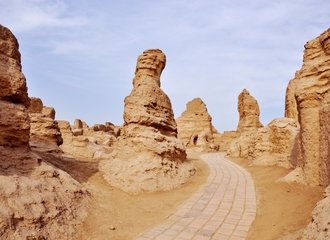
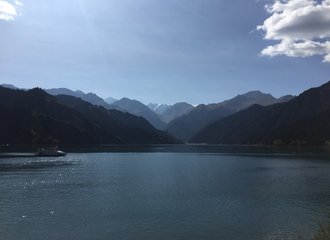
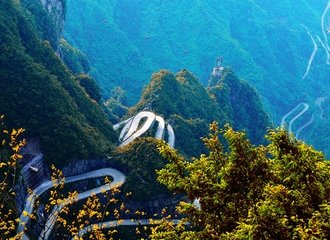
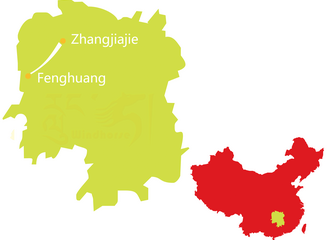
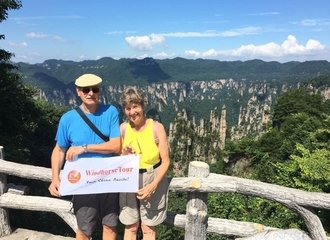
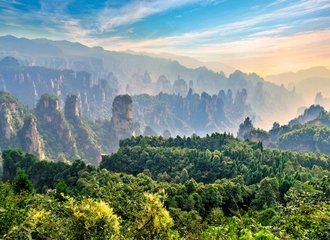
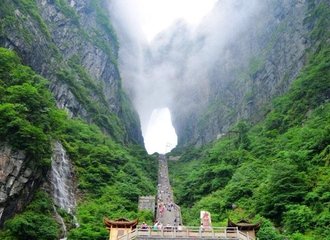
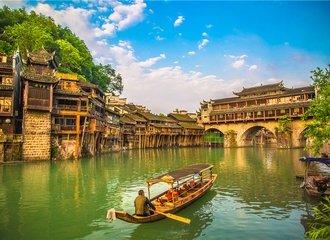
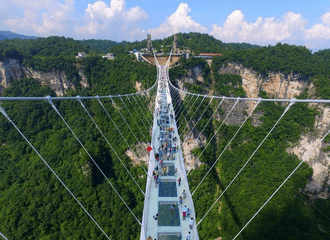

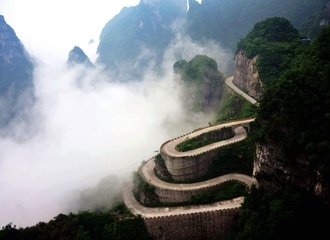
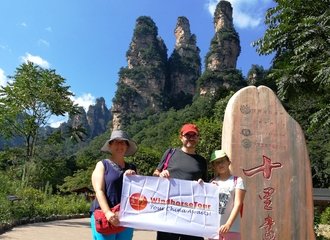
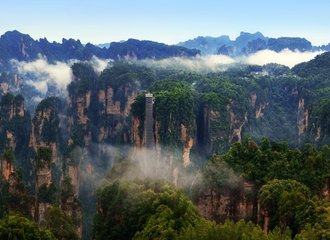

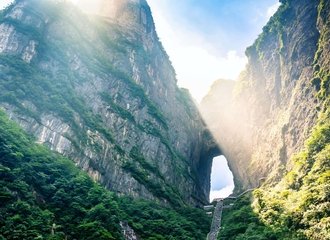
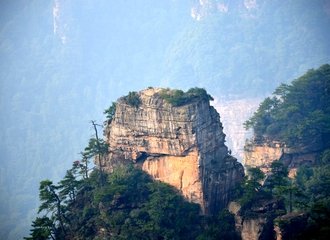
Comments
Hi
I would be interested in the friendship highway tour in June. Could you tell me more about prices and what’s included. Thank you
In reply to Hi I would be interested in… by Edoardo (not verified)
Hello Edoardo,
You can consider to join one of our 7 days group tour to travel along the Friendship highway, starting from Lhasa and ending at Gyirong border where you can head to Kathmandu, this tour will include a visit Mount Everest Base Camp (north face): https://windhorsetour.com/tibet-group-tour/8-day-tour-to-kathmandu-via-…,
Cheers,
Helen
We are a party of three interested in joining others traveling the friendship highway, Llasa to Kathmandu. We are in the preliminary stages of planning, so are open to options. The 7 to 8 day journey fits our planning, and the time frame we are looking at is some time in the first three weeks in November, 2019. We will also visit Bhutan, and would be interested if you also offer guide service there as well.
In reply to We are a party of three… by Jeff Glover (not verified)
Hello Jeff,
Glad to hear from you! This is Anita from WindhorseTour.
We can definitely make your overland tour from Lhasa to Kathmandu happen. Based on your information, I have already sent the detailed itinerary with price by email. Please kindly go through it and let me know if you have any further questions or comments on it.
I will look forward to hearing from you soon.
Best Regards,
Anita